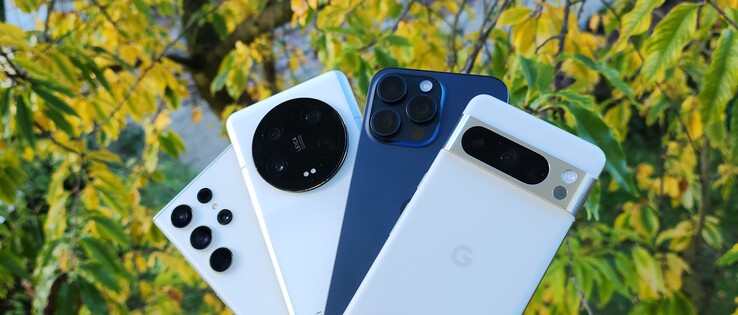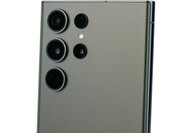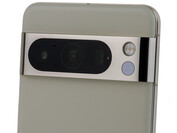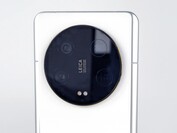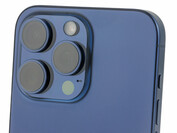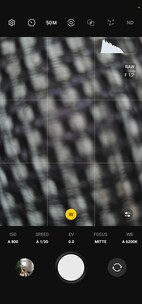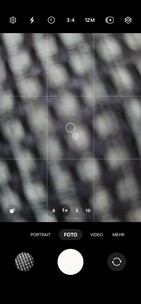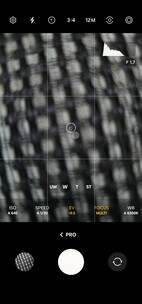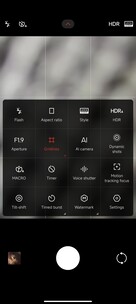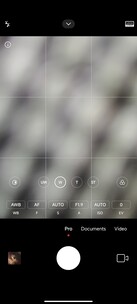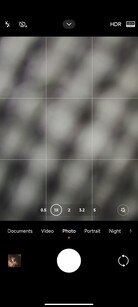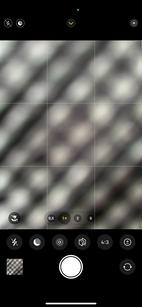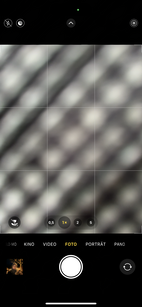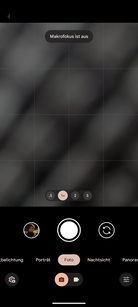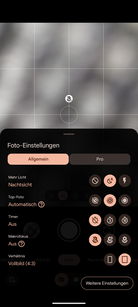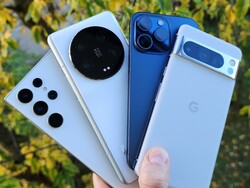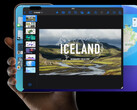The best camera smartphones 2023 in review - Apple and Xiaomi fall short of Samsung's best performance
Two compelling flagship smartphones, the Apple iPhone 15 Pro Max and Google Pixel 8 Pro, have recently hit the market, securing top positions on our camera best list. Reason enough to pit the two smartphones against the best of the finest in photography from the first half of the year (camera test: part 1, part 2, and part 3). Our camera quartet is completed by the Xiaomi 13 Ultra and the Samsung Galaxy S23 Ultra. Despite the fact that the Xiaomi and Samsung phones have been on the market for a bit longer, they remain among the most powerful flagship camera smartphones in 2023.
In terms of pricing, the phones are close to each other in our camera comparison. The Google Pixel 8 Pro ($999), the Galaxy S23 Ultra ($1,199), the Xiaomi 13 Ultra (~$800), and the iPhone 15 Pro Max ($1,199). In the table below, we have summarized the parameters of the different camera modules:
| Samsung Galaxy S23 Ultra | Google Pixel 8 Pro | Xiaomi 13 Ultra | Apple iPhone 15 Pro Max | |
|---|---|---|---|---|
| Camera setup: Back | 200 MPix (f/1.7, OIS, 23 mm, 1/1.3" ISOCELL HP2 sensor) | 50 MPix (1/1.31", 1.2 µm, f/1.68, OIS, 25 mm) | 50 MPix (f/1.9, f/4.0, 23 mm, OIS, 1″ Sony IMX989 sensor) | 48 MPix (f/1.78, 1/1.28", 23 mm, IOS) |
| Telephoto lens(es) | 10 MPix (f/2.4, 69 mm, OIS, 3x optical) + 10 MPix (f/4.9, 11°, 230 mm, OIS, 10x optical, 100x max) | 48 MPix (f/2. 8, OIS, 5x optical, 112mm, 30x max) | 50 MPix (f/1.8, 75mm, OIS, 3.2x optical) +50 MPix (f/3.0, 120mm, OIS, 5x optical, 120x max) | 12 MPix (f/2.8, 5x optical, 120mm, 25x max) |
| Ultra wide angle | 12 MPix (f/2.2, 13 mm, 120°) | 48 MPix (f/1.95, 125.5°, 11 mm) | 50 MPix (f/1.8, 12 mm, 122°) | 12 MPix (f/2.2, 120°, 13 mm) |
| Camera setup: Front | 12 MPix (f/2.2, 25 mm, AF) | 10.5 MPix (1.22 µm, f/2.2, AF) | 32 MPix (f/2.0, 22 mm) | 12 MPix (f/1.9, AF) |
| Software version | S918BXXU3BWJM | UDA1A.231105.004 | 14.0.20 | 17.1.1 |
Capturing the essence of our camera battle, we unleash the full 'intelligence' of each contender's camera software! With HDR and AI algorithms in full swing, these devices are geared up to deliver photo perfection. Keep in mind, that our shots are processed into optimized 12 MPix photos, and in the case of the Samsung Galaxy S23 Ultra, a whopping 50 MPix photo. Brace yourselves for stunning shots, as each photo undergoes the magic of pixel binning, transforming them into optimized masterpieces. Let the imaging battle begin!
rear camera modules of the flagship smartphones
Please note: In order to better differentiate between all the comparison devices' image details, all image files are stored with the corresponding photos. To view these, simply click on the relevant image.
Behind the lens of the Galaxy S23 Ultra lies a photographic powerhouse – a staggering 200-megapixel ISOCELL HP2 sensor. It cleverly merges up to 16 individual pixels into one colossal pixel, or, if you prefer, takes the classic 4-to-1 fusion route, much like its formidable competitors – the iPhone 15 Pro Max, Xiaomi 13 Ultra, and Google Pixel 8 Pro. But here's the twist – the competition flaunts larger native pixels for an extra dose of brilliance.
On the iPhone 15 Pro Max front, it's a pixel-binning symphony – defaulting to the 24 MPix mode, it elegantly combines classic 12-MPix photos with a high-res 48-MPix image. The result is a perfect blend of dynamic range and minimal noise.
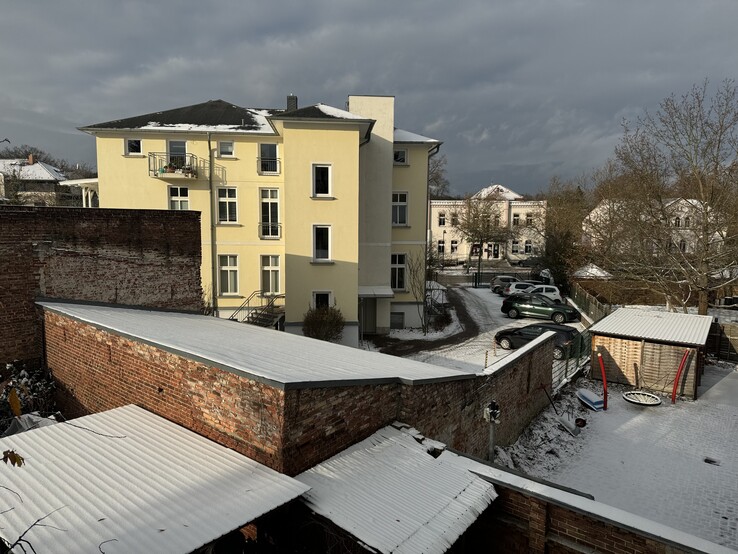
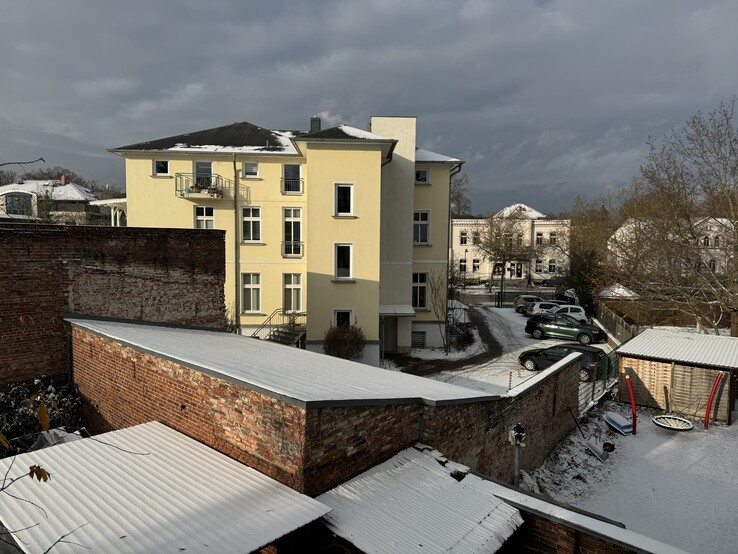
Comparison Apple iPhone 15 Pro Max: 12 MPix (right) vs. 24 MP (left)
Please note: In order to better differentiate between all the comparison devices' image details, all image files are stored with the corresponding photos. To view these, simply click on the relevant image.
Main camera of the flagship smartphones
In daylight, all four smartphones in this comparison exhibit the potential for producing great pictures which is expected given their respective price ranges. Selecting a clear winner proves somewhat challenging, especially with the Galaxy S23 Ultra and the Pixel 8 Pro engaging in a high-stakes battle for supremacy. While the Samsung phone delivered an excellent photo capturing our window and kitten motif, the Google smartphone took the lead in our shots featuring houses and horses.
The Xiaomi 13 Ultra also presented highly appealing photos of our subjects, avoiding the overly artificial contouring seen in the Galaxy S23 Ultra, resulting in slightly softer yet more natural-looking images. We opted for the Leica "Authentic" mode in the Xiaomi phone's camera software. For those desiring slightly more saturated colors, such as in the house motif, which appears a bit pale, you can switch to the "Vibrant" mode. However, in this mode, shadow areas are brightened a tad too much, occasionally compromising the lighting ambiance (refer to the comparison photo).
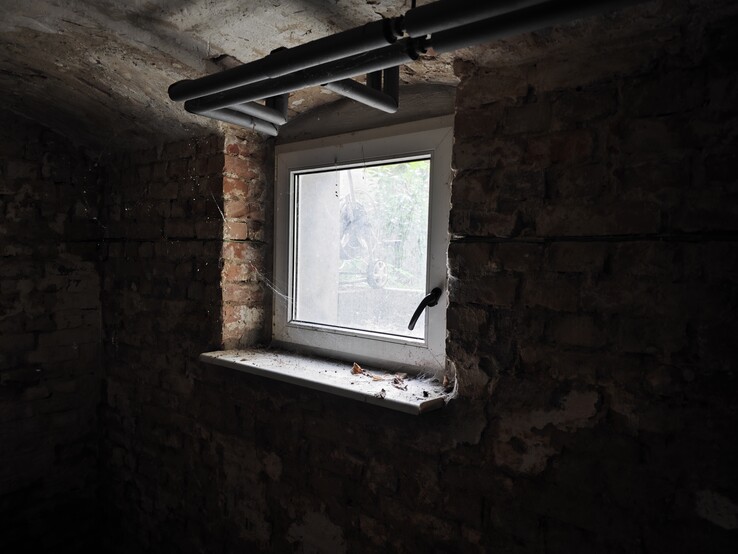
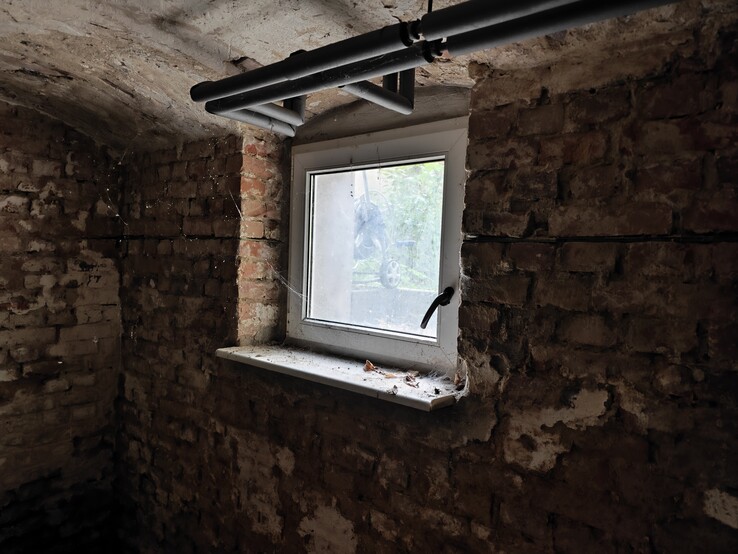
Comparison of the Xiaomi 13 Ultra's camera modes: Vibrant (right) vs. Authentic (left)
The iPhone 15 Pro Max emerges as the clear underperformer in the main camera department under daylight conditions. The Apple phone struggles with an unbalanced shot of our window motif, exhibiting characteristics akin to macro mode, despite being approximately 1.64 ft. away from the subject. Furthermore, the colors of the horse in the garden lack accuracy compared to the Android competition, which performs noticeably better in this regard. Despite these issues, other test shots with the iPhone 15 Pro Max still showcase good dynamics and appealing sharpness. However, the color fidelity of the two cuddly toys is suboptimal. Similar to the Galaxy S23 Ultra, the kitten is calibrated too warm, and the frog appears overly bright.
Both the Galaxy S23 Ultra and the iPhone 15 Pro Max provide extensive flexibility for taking portraits, offering multiple zoom levels and lenses to choose from. In contrast, users of the Pixel 8 Pro or Xiaomi 13 Ultra face somewhat greater limitations with only a very restricted focal length.
Not only is the calculating procedure with 16 individual pixels more detailed than in our June test, but the 50-MPix photographs are also considerably enhanced using the newest camera software of the Galaxy S23 Ultra. Although the 4-to-1 pixel binning technique is still in its early stages (lower dynamic range, lower contrast, more saturated colors), we observe a significant improvement here, even if the quality of the 12 MPix images is not achieved.
The main advantage of images with 8,160 x 6,120 pixels is increased detail, which is especially visible with distant scenes. The 50 MPix photographs also lack extreme sharpness, making them appear more natural than their 12.5 MPix counterparts. When it comes to the Galaxy S24 Ultra, it remains to be seen to what degree the Korean manufacturer will accomplish identical image processing in the pixel binning process - at least under ideal lighting circumstances.
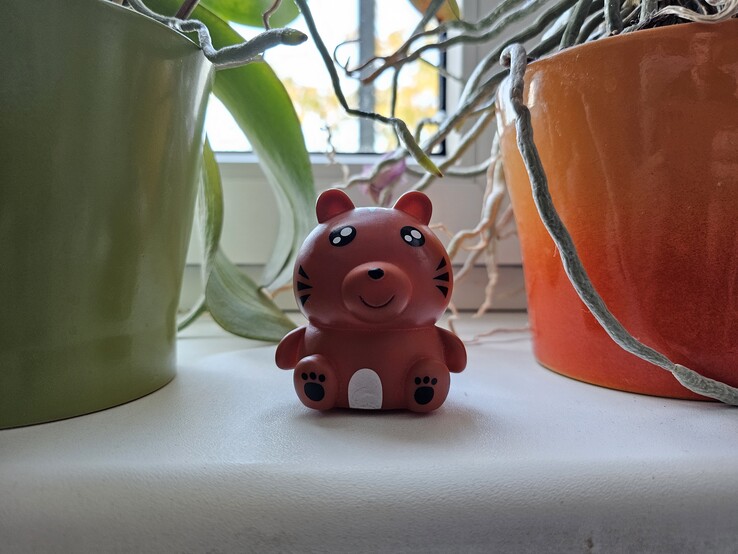
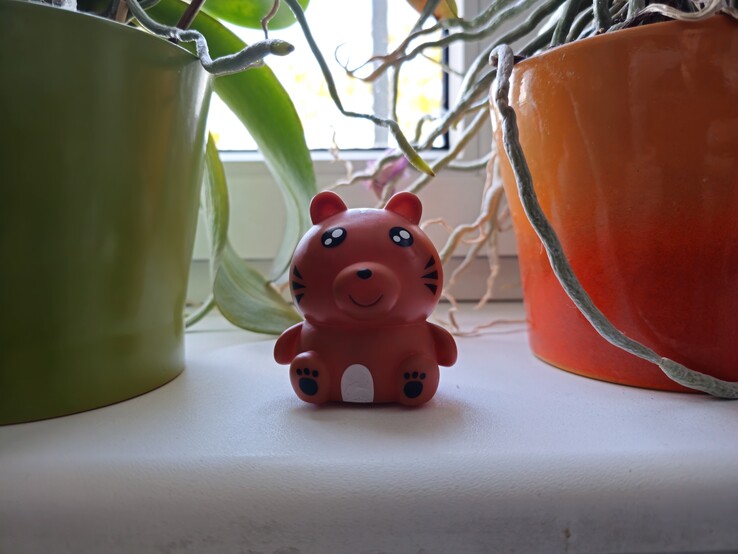
Comparison of pixel brightness in daylight - Samsung Galaxy S23 Ultra: 50 MPix (right) vs. 12.5 MP (left)
16-to-1 pixel image of the Samsung Galaxy S23 Ultra
4-to-1 pixel image of the Samsung Galaxy S23 Ultra
The iPhone 15 Pro Max shines at night. The iPhone captures the home shot really well in low light, with a lot of detail. Though, with a bit more light, the Pixel 8 Pro catches things with even more detail than the iPhone 15 Pro Max. The two smartphones are not that dissimilar. Minor flaws, such as overexposed picture portions, can still be seen. Light sources are occasionally overexposed, like with the predecessors, which is likely owing to the extended exposure time, since shutter durations are substantially longer than on a Xiaomi 13 Ultra or Galaxy S23 Ultra.
In the dark, images from the Xiaomi and Samsung phones are typically a bit too blurry, as delicate structures, such as the home facade in the second image, are occasionally lost. Overall, we view the Galaxy S23 Ultra as slightly ahead of the Xiaomi 13 Ultra here, as the Samsung phone demonstrates in the tunnel motif that it, too, has the capacity to leave the competition behind.
Image comparison
Choose a scene and navigate within the first image. One click changes the position on touchscreens. One click on the zoomed-in image opens the original in a new window. The first image shows the scaled photograph of the test device.
Nacht - HausNacht - StrasseNacht - Tunnel
Ultra-wide-angle lens of the flagship smartphones
The ultra-wide-angle cameras on the four top smartphones do not vary all that much in outdoor lighting settings. Wider-angle images are evidently possible with the Pixel 8 Pro and Xiaomi 13 Ultra, but not with the Galaxy S23 Ultra or iPhone 15 Pro Max.
In our extensive examination, the Samsung phone consistently performs well for our tastes, but at a substantially lesser quality level than the 200 MPix primary camera. The Galaxy S23 Ultra also has a number of issues, such as huge lens flare in low light, a high degree of sharpness, or too bright photos in diffuse lighting settings.
When taking pictures outside during the day, the iPhone 15 Pro Max provides excellent clarity and a great deal of information, although the photos are typically (slightly) overexposed. It is also obvious that a distinct soft focus develops really soon.
Overall, personal choice will most likely determine which flagship phone offers the greatest photos in this category. The Xiaomi 13 Ultra, like the Pixel 8 Pro, accentuates shadow regions more than the competition and produces significantly cooler photographs of the subject.
Image comparison
Choose a scene and navigate within the first image. One click changes the position on touchscreens. One click on the zoomed-in image opens the original in a new window. The first image shows the scaled photograph of the test device.
HausPferdFensterNacht - HausNacht - Strasse
Macro shots of the flagship phones
In addition to wide-angle shots, the ultra-wide-angle cameras on our four flagship smartphones can also be used for macro subjects. This occurs automatically right out of the box when the subject comes very close to the lens of the main camera. This works very satisfactorily in everyday use, especially with a Galaxy S23 Ultra, but the iPhone 15 Pro Max is not really any worse in this aspect. It is noticeable that the distance between objects in the immediate vicinity must be greater with a Xiaomi 13 Ultra than with the competition. As a result, our test shots are blurred at a similar distance.
Zoom shots on the flagship phones
The quality of magnification shots from our four flagship phones essentially depends on the native, lossless focal lengths that producers have implemented in their smartphones (see note in the Compare element). A visible difference exists between the Pixel 8 Pro and the competition at high zoom levels. In our opinion, the Galaxy S23 Ultra sets the benchmark beyond the 10x magnification, although the Samsung smartphone still achieves surprisingly good quality even at 100x.
The Xiaomi 13 Ultra and Apple iPhone 15 Pro Max both produce acceptable results up to a 5x magnification, but after that, the quality is restricted - particularly for the Xiaomi phone.
The results obtained throughout the day are enhanced under progressively low lighting conditions. Taking zoom shots at night is actually out of the question with a Pixel 8 Pro. But the competition cannot truly shine in low light, despite Samsung's efforts in this area.
Image comparison
Choose a scene and navigate within the first image. One click changes the position on touchscreens. One click on the zoomed-in image opens the original in a new window. The first image shows the scaled photograph of the test device.
Nacht - 3x ZoomNacht - 5x ZoomNacht - 10x ZoomFront cameras of the flagship smartphones
The Xiaomi 13 Ultra is the undisputed loser in this category. The Xiaomi flagship's selfie pictures are consistently overexposed and lack contrast and clarity. Additionally, we think that while the Pixel 8 Pro's selfies aren't perfect, they're still far superior to the Xiaomi 13 Ultra's.
The quality of the images captured by the front camera of the Galaxy S23 Ultra and iPhone 15 Pro Max is probably determined by personal preference. The Samsung phone has a more natural-looking skin tone than the Apple phone, despite the Apple smartphone having somewhat greater sharpness. The skin seems uneven due to the faint blushing caused by the iPhone 15 Pro Max. It doesn't soften the outlines as much as a Galaxy S23 Ultra does in the dark, but it does get an edge when the user's requests are ignored in front of the camera and the face is briefly illuminated via the screen. All other cellphones have their "flash" turned off and are dark.
Software of the flagship cell phones
The camera software of the Galaxy S23 Ultra, running on One UI version 6, offers the highest level of individual optimization and setting options. Alongside its Pro mode, the Samsung flagship features a dedicated camera assistant, and it also includes a Pro mode for RAW shots. The Xiaomi 13 Ultra allows users to make extensive adjustments to individual parameters, and MIUI 14 incorporates a wide range of shooting modes.
The Google Pixel 8 Pro includes an additional Pro mode, allowing users to adjust some parameters to suit their preferences. The Google camera app, overall, offers fewer setting options compared to Samsung or Xiaomi. Apple, while not implementing a Pro mode in its software, allows adjustments to some parameters in photo mode and enables the use of the full sensor resolution. All three Android flagships can also utilize the native resolution of the image sensor, in addition to pixel binning.
Verdict on the camera test of the flagship phones
The determination of the best phone in this comparison relies on personal preferences regarding the individual lenses. While the Xiaomi 13 Ultra exhibits significant drawbacks in the front camera department, the Chinese manufacturer's flagship otherwise performs admirably. Its notably short shutter release time, in comparison to the competition, adds to its appeal alongside impressive photo quality. The Xiaomi 13 Ultra stands out as an excellent camera phone, particularly for those less concerned with selfie capabilities.
During our camera test, Samsung has once again demonstrated, as it did in the previous year, its ability to visibly enhance its in-house camera algorithms. Noteworthy improvements were observed not only in the 50-MPix mode but also in the standard use of 16-to-1 pixel binning throughout our comparison test. In contrast to the competition, the Galaxy S23 Ultra exhibits few real weaknesses, consistently delivering reliable results. However, it's worth noting that individuals who appreciate a natural soft focus might not find the same satisfaction when capturing photos with the Galaxy S23 Ultra.
The cameras of the current flagships are nearly on par in terms of quality, with differences often lying in subtle nuances.
Apple's flagship delivers impressive photos across almost all lenses but raises some questions about its main camera. While the iPhone 15 Pro Max stands out as one of the best smartphones in our comparison for low-light photography, its performance in daylight is not consistently convincing. In terms of software customization, the Galaxy S23 Ultra or Xiaomi 13 Ultra offer more value for the money..
Google provides an excellent camera setup with its Pixel 8 Pro, particularly given its pricing. Those who heavily rely on zoom lenses in their daily use might find the Google phone less satisfying. Nonetheless, it remains a strong all-rounder with one of the best main cameras in the market.
Haven't found the right smartphone for you? But you are still on the lookout for a good phone camera? Then you should take a look at our best smartphone camera list - here you can find a regularly updated list of the 10 best camera phones from our reviews
Prices at the time of testing
The Samsung Galaxy S23 Ultra is priced at $1,199 for the smallest storage version, available directly from the Samsung store. However, it can often be found at lower prices on platforms like Amazon and other online retailers.
The Xiaomi 13 Ultra, is available on Amazon.
The iPhone 15 Pro Max can be purchased directly from Apple with prices starting at $1,199.
The Pixel 8 Pro is directly available from Google in all color and storage variants.


